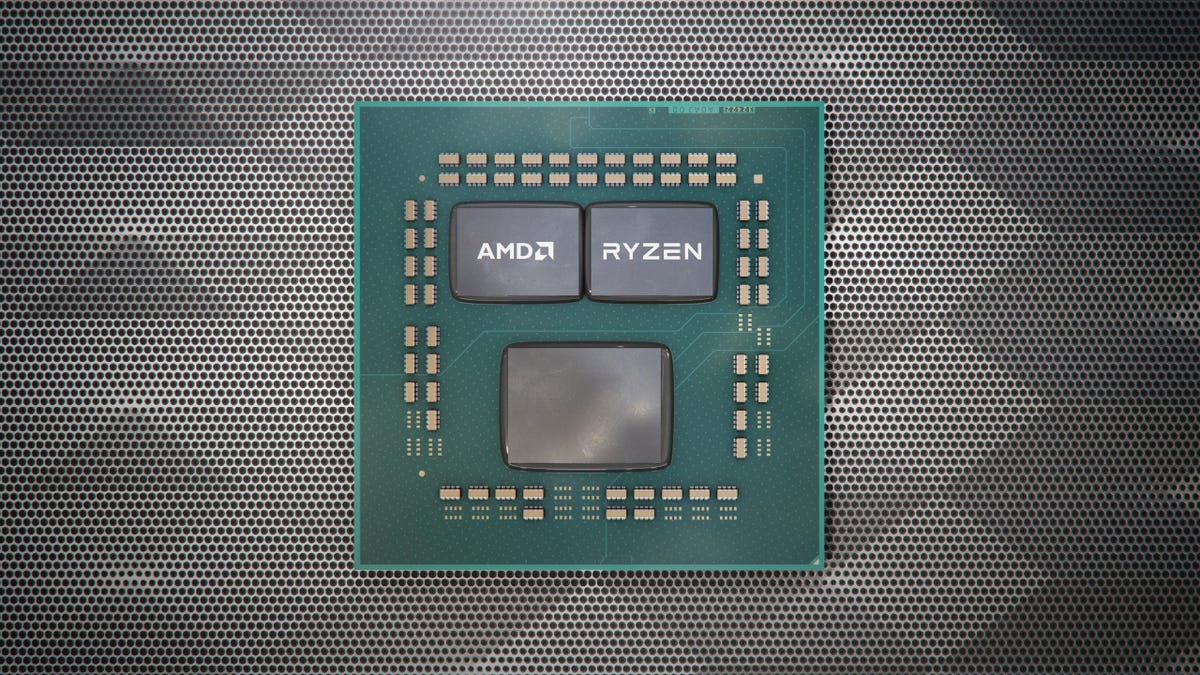AMD Threadripper 3990X's 64 cores promise monster rendering
More cores never bore.

Rumors had AMD planning to announce its new flagship consumer processor, the Ryzen Threadripper 3990X, at CES in January. But the company decided to drop a little information in advance, essentially confirming that it will have 64 cores, 288MB of cache and designed for a 280-watt power draw. "More to come in 2020" probably means CES. I'd say that's pretty amazing for a desktop system, but core counts are rising with such regularity these days that I've put hyperbole on suspension for a while.
But it's great news for people who need to work with high-res video (think 8K) and render high-quality 3D, both of which remain CPU-intensive operations that will suck up as many threads as the application can throw at it. The 3990X news follows the announcement of the lesser (!) 32-core AMD Ryzen Threadripper 3970X and the 24-core AMD Ryzen Threadripper 3960X boxed processors, which shipped Monday.
AMD's Ryzen Threadripper line is the company's answer to Intel's X series, its most powerful desktop processors before you have to move up to workstation-class silicon. In addition to topping out at a higher processor count than even Intel's new 10th-generation i9-10980XE, AMD's latest Threadrippers have more on-chip cache, support PCIe 4.0 (which vastly increases transfer rates inside the system) and faster memory than Intel's, for lower prices. The new AMD CPUs also feature higher base clock speeds, which should hopefully improve their single-core performance -- they've consistently lagged Intel on this metric, which is important for applications where specific operations don't lend themselves to parallel computation.

